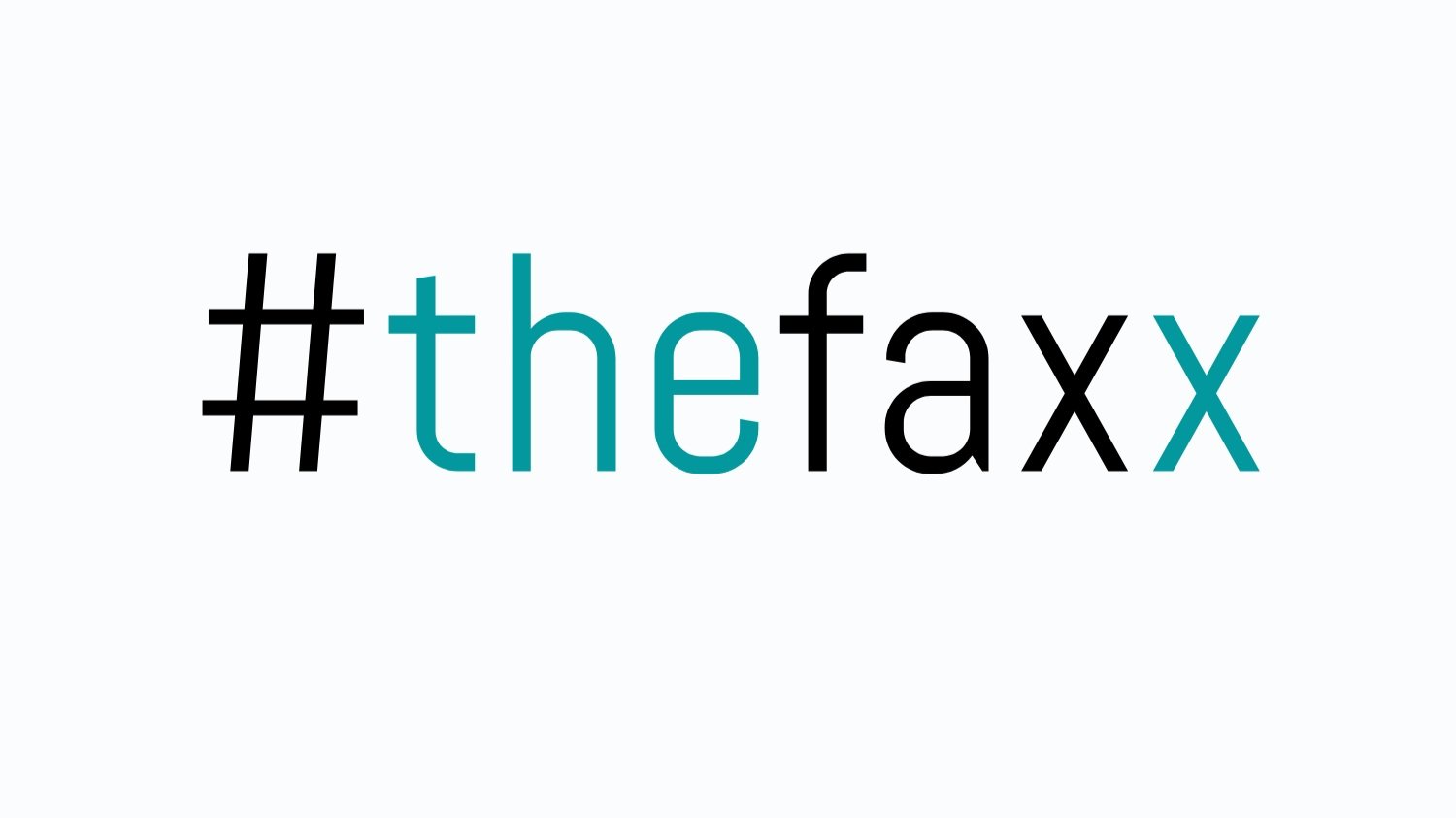You can quantify the impact of women’s leadership + it's good news for the future of business
March 25, 2022
This edition of global research, leadership development, and consulting firm, Potential Project’s research, covers a much debated and, simultaneously, the much-evaded topic of the impact of women leaders in our organizations.
The gist:
The gist:
Can we actually quantify and assign causation to the impact of women’s leadership in our business organizations?
This is a question that the The Human Leader study, an “examination of the key characteristics that define a new paradigm of human-centric leadership,“ produced bi-annually by Potential Project, seeks to answer.
Although many organizations sincerely rally for equal opportunities, inclusion, and diversity in the workplace, none yet have been able to quantify the difference women bring to the table.
Potential Project’s research has taken up the task and “measured female leaders’ impact on not just job engagement and job performance – parameters that have been proven to have a direct relation to cost and revenue – but also on the actual avoided costs of lost productivity and employee replacement.”
The Stats:
According to the report, female leaders lead to an increase of 5.5% in job engagement with a female follower and a 4.8% increase with a male follower, as compared to when the leader and the follower are both males.
In contrast, male leaders only lead to a 2.6% rise in job engagement when their followers are female rather than male.
The report also reveals similar results in terms of job performance where female leaders have the capability to increase their male followers’ performance by 5.5% when compared to a male leader.
It costs one-half to two times the annual income of a worker to replace an employee. Therefore, by keeping workers engaged, women leaders save $9,000 per year on every disengaged employee and between $30,000 and $120,000 per year on the ones that resign.
In addition, the costs of lost productivity that women leaders are able to save a hefty $1.4 million per 1,000 employees.
The research answers that these outcomes are driven by women leaders being perceived as wise and compassionate by their followers. They were shown to possess 28% more wise compassion than male leaders and scored higher than men on three out of the four attributes (courage, candor, transparency; presence being the fourth) that go into making a wise, compassionate leader.
Fast Company also reported on the research, saying:
Women in general have also been found to be more willing to embrace the vulnerability and compassion that help them approach difficult decision-making with a human-first approach.
This is uber important as companies grapple with: the pandemic, “geopolitical unrest, inflation, and–perhaps most important–the twin issues of labor shortages and new worker demands in regards to pay, benefits, and flexibility, which has has Axios calling 2022 the “hardest year ever to run a company.”
Connect with the FastCo. article, with Jacqueline Carter, director of North America at global consulting firm here and with Business News This Week’s coverage here.

